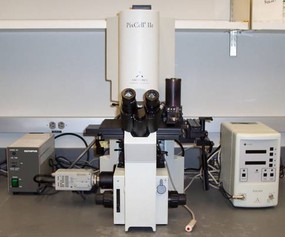| Home |
| Kindai-LSU Multiple Sclerosis Research Group |
| Myocarditis |
| Members |
| Pictures |
| Publications |
| Movies |
| Links |
| Blog |
| Lectures |
| English | 日本語 |
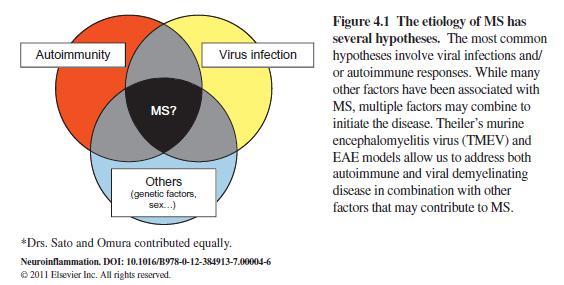
 II. Kindai-LSU Multiple Sclerosis Research Team Overview
II. Kindai-LSU Multiple Sclerosis Research Team Overview
 .
Walk MS: Shreveport-Bossier City is the first and foremost a fundraising event in North Louisiana. Money raised at this
year’s event will support research progress in many areas, moving us closer to our ultimate goal of a world without MS.
.
Walk MS: Shreveport-Bossier City is the first and foremost a fundraising event in North Louisiana. Money raised at this
year’s event will support research progress in many areas, moving us closer to our ultimate goal of a world without MS.  The goal of the Center for Molecular and Tumor Virology is to bring together scientists who direct independent but interactive research programs in molecular and tumor virology. Within the CMTV, senior faculty members help to develop the academic careers of the junior level faculty members.
The COBRE-supported CMTV includes: The Molecular Analysis Core providing services, reagents, major instrumentation, equipment, and technical support to enhance the research activities of members of the CMTV.
Bioinformatics Core based at the campus of LSU-Shreveport providing a variety of services for data analysis, bioinformatics, and data mining.
The goal of the Center for Molecular and Tumor Virology is to bring together scientists who direct independent but interactive research programs in molecular and tumor virology. Within the CMTV, senior faculty members help to develop the academic careers of the junior level faculty members.
The COBRE-supported CMTV includes: The Molecular Analysis Core providing services, reagents, major instrumentation, equipment, and technical support to enhance the research activities of members of the CMTV.
Bioinformatics Core based at the campus of LSU-Shreveport providing a variety of services for data analysis, bioinformatics, and data mining.



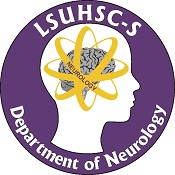
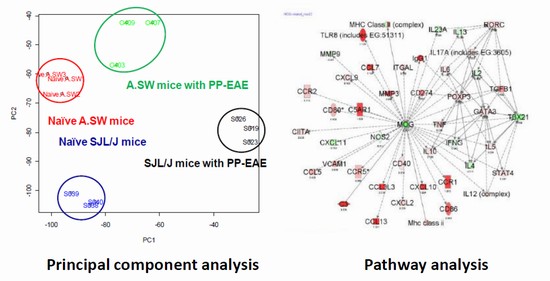



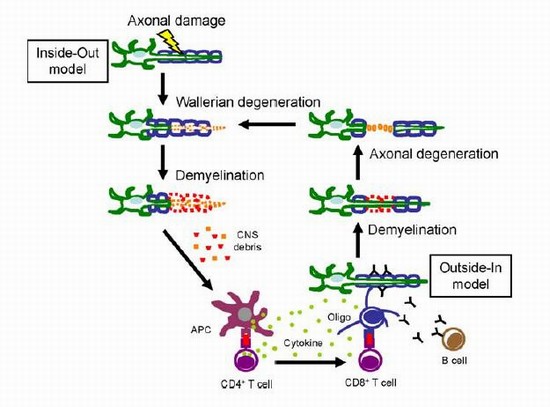 Tsunoda laboratory has also investigated pathogenesis of MS using virological and pathological methods, including laser capture microdissection (LCM). MS is characterized by demyelination and axonal degeneration in the CNS. The
primary target in MS has been believed to be either myelin (myelinopathy) itself or
oligodendrocytes (oligodendrogliopathy), and axonal degeneration is regarded as a
secondary injury to demyelination. In this hypothesis, anti-myelin immune responses
or direct virus infections of oligodendrocytes play an effector role in inflammatory
demyelination. If inflammation that causes myelin damage is severe, it can secondarily
damage axons. Here, the lesion develops from myelin (outside) to axon (inside),
hence the name “Outside-In” model. EAE models induced by myelin antigens support
the Outside-In model. However, histologic and neuroimaging studies demonstrated
that axonal degeneration in the absence of demyelinating lesions occur in
some MS patients, which cannot be explained by the classic Outside-In model.
Tsunoda laboratory has also investigated pathogenesis of MS using virological and pathological methods, including laser capture microdissection (LCM). MS is characterized by demyelination and axonal degeneration in the CNS. The
primary target in MS has been believed to be either myelin (myelinopathy) itself or
oligodendrocytes (oligodendrogliopathy), and axonal degeneration is regarded as a
secondary injury to demyelination. In this hypothesis, anti-myelin immune responses
or direct virus infections of oligodendrocytes play an effector role in inflammatory
demyelination. If inflammation that causes myelin damage is severe, it can secondarily
damage axons. Here, the lesion develops from myelin (outside) to axon (inside),
hence the name “Outside-In” model. EAE models induced by myelin antigens support
the Outside-In model. However, histologic and neuroimaging studies demonstrated
that axonal degeneration in the absence of demyelinating lesions occur in
some MS patients, which cannot be explained by the classic Outside-In model.